by Elizabeth Shippee
December 2008
This post has been moved from its original location at PeerSpirit.com and archived here, so you can continue to access it.
This end-of-the-year Circle Tale comes to us from Elizabeth Shippee. Elizabeth is a retired university dean who, in her eighties, is still a seeker. She was greatly influenced by a retreat led by Christina Baldwin in the early 90’s. Christina had not yet articulated the power of the circle, but her inspiration and leadership skills were all there.
Thank you, Elizabeth for this timely story about giving.
Our St. Paul, Minnesota Unity-Unitarian Church has a strong program of giving. For the second year in a row, we have donated more than $50,000 (70 percent of the plate from three services each Sunday) to a nonprofit group that has been nominated by one or more members and that shares our goals for a just, equitable, and peaceful world.
So it was a surprise a few Sundays ago, in a service that included the parable of the talents, when our minister announced that the offering baskets would be passed as usual, but that we should take something out of them — contrary to our usual practice. The something turned out to be an envelope with a crisp $20 bill and a slip instructing us to use the money to “bless the world.” There were no timelines — simply a note to share our story with the ministers if we chose. I decided to invite a group of members to my home for tea on a Sunday afternoon to work together on this “assignment.”
My invitation suggested that we talk together and decide as a group of Unitarians what to do with our money. The mix of people I invited included both liberal and conservative folks. One woman could not come but sent her $20. When the group arrived, there was a basket with $40 in it — mine and the woman who could not come — sitting as a center on the tea table. I knew the eight who were invited but they did not know each other.
I set up the structure for our simple circle on creative giving. First, we would talk about how a large church (more than 800 members) can best approach “the beloved community” we like to claim. Next, each person would be asked to nominate a challenge facing our country that we would discuss together. Finally, we would decide how to use the $20 bills we had been given. I promised we would accomplish these goals in two hours.
In the first round of the talking piece, the group got better acquainted talking about the church and its goals. That conversation set the tone for an easy decision to discuss education, K-12. We chose to give the kitty ($140 was in the basket at the end) to a local program, Admission Possible, that identifies high school juniors who are in danger of failing or dropping out and inspires them to achieve graduation and admission to formal training beyond. Some go to college, but technical training or apprenticeships are creditable goals as well. Their success rate is 95 percent, and they are expanding into other states.
I felt good about our experiment and believe that those who came have new bonds with me and with each other.
